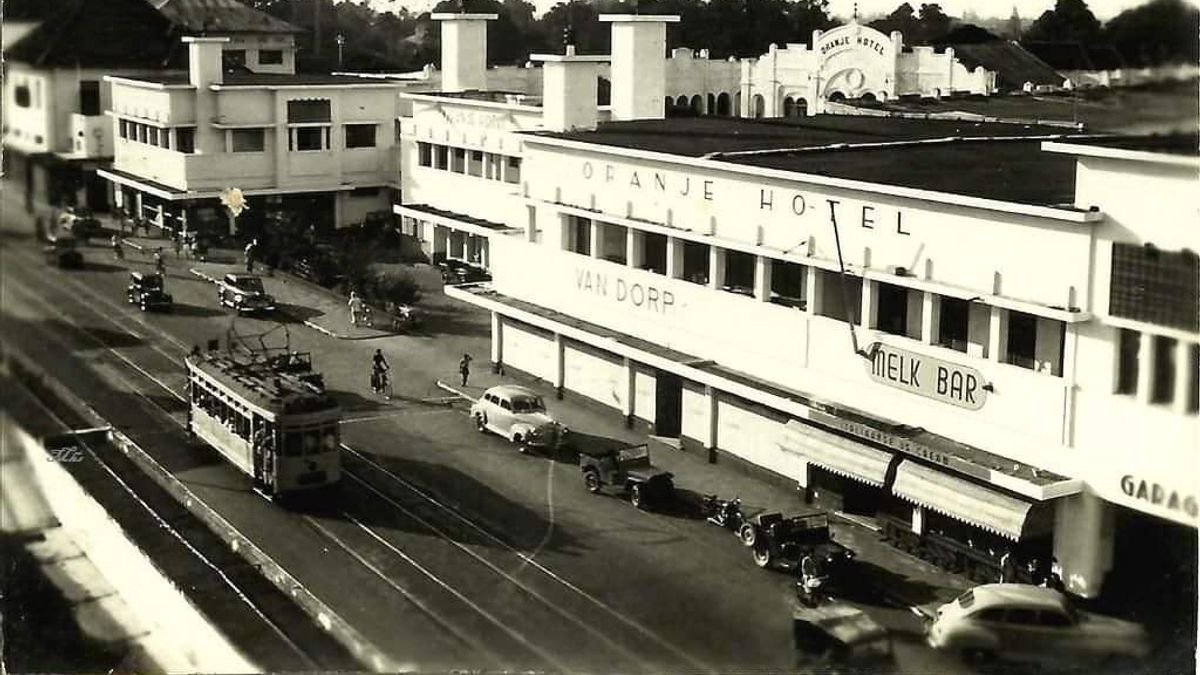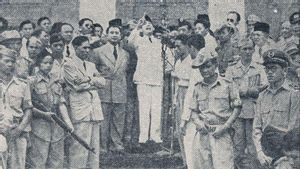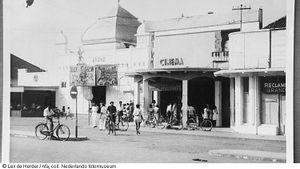JAKARTA – Today's history, 99 years ago, on May 15, 1923, the electric tram in Surabaya officially operates. The operation of the electric tram is considered a revolutionary step. Its presence was eagerly awaited by the people of Surabaya. Moreover, electric trams are predicted to replace steam trams which have many problems. Air pollution, for one.
The problem with the steam tram in Surabaya is not much different from that of Batavia. In fact, the steam tram in Jakarta often takes its toll. Therefore, the presence of electric trams is supposed to bring new hope.
It is no secret that there is not much mass transportation in the Dutch East Indies. The majority are dominated by horse-drawn carriages. It was not able to carry people in large enough numbers. Moreover, the problem of difficult transportation is not only a "monopoly" in remote areas of the Netherlands. The Dutch government center in Batavia also felt it.

The Dutch East Indies government witnessed the problem for themselves. The power and efforts are made by the owner of an open government with all kinds of suggestions from its citizens. Incidentally, one of the proposals being accommodated is the construction of a horse tram. The Dutch immediately stepped on the gas to realize the idea.
Finally, the official horse tram arrived in Batavia on April 20, 1869. The people of Batavia were greatly helped. However, lately horse trams have brought a lot of problems. The high mortality of horses and their droppings began to pollute the environment of Batavia.
The government began to plan to replace horse trams with steam trams. The government-appointed the Nederlandsch-Indische Tramweg Maatchappij (NITM) as the concession holder. A new problem arose. Steam trams are considered the angel of death for pedestrians. Even in one day, there was a steam tram that killed a victim every four hours.
“The presence of the steam tram was initially warmly welcomed. The steam tram is considered a modern means of public transportation, which is expected to provide comfort. In fact, its popularity did not last long. Complaints arose. It's said the vehicle was too noisy, disturbing the peace and order of the city. The worst thing about this iron carriage is that it often causes accidents.”

“It was once nicknamed: the biggest killer who roams in Betawi City. Because one time, it swallowed a victim every four hours. Betawi people, who like to joke, use the initials NITM to make fun of them: Riding This Is Sure to Die," as written in the book Ketoprak Betawi (2000).
The same problem also occurred with the steam tram which was built in Surabaya. The steam tram makes the air in Surabaya unhealthy. The Dutch East Indies government did not want this situation to continue. In order to save its citizens, the Dutch revoked the lijn (trajectory) that passed through European settlements. In fact, things don't solve the problem.
The idea arose to build a new tram. However, with the latest technology: electricity. The development received a great response from all Surabaya residents. The electric tram is considered a victory over space and time.

“The electric tram construction concession that Oost Java Stoomtram Maatschappij (OJS) obtained in 1911 became an opportunity to fix the problem. Transportation within the city. On May 15, 1923, the electric tram began operating in Surabaya. The first line to be built is Wonokromo-Ujung.”
“The operation of the tram is expected to solve the traffic problem in Surabaya. Steam trams are still used even though there are electric trams, but they do not pass through European settlement routes," concluded Prita Ayu Kusumawardhani in the book Kereta Api di Surabaya 1910-1930 (2017).
That is today's history note, May 15, 1923, namely the operation of the electric tram in Surabaya.
SEE ALSO:
The English, Chinese, Japanese, Arabic, and French versions are automatically generated by the AI. So there may still be inaccuracies in translating, please always see Indonesian as our main language. (system supported by DigitalSiber.id)















